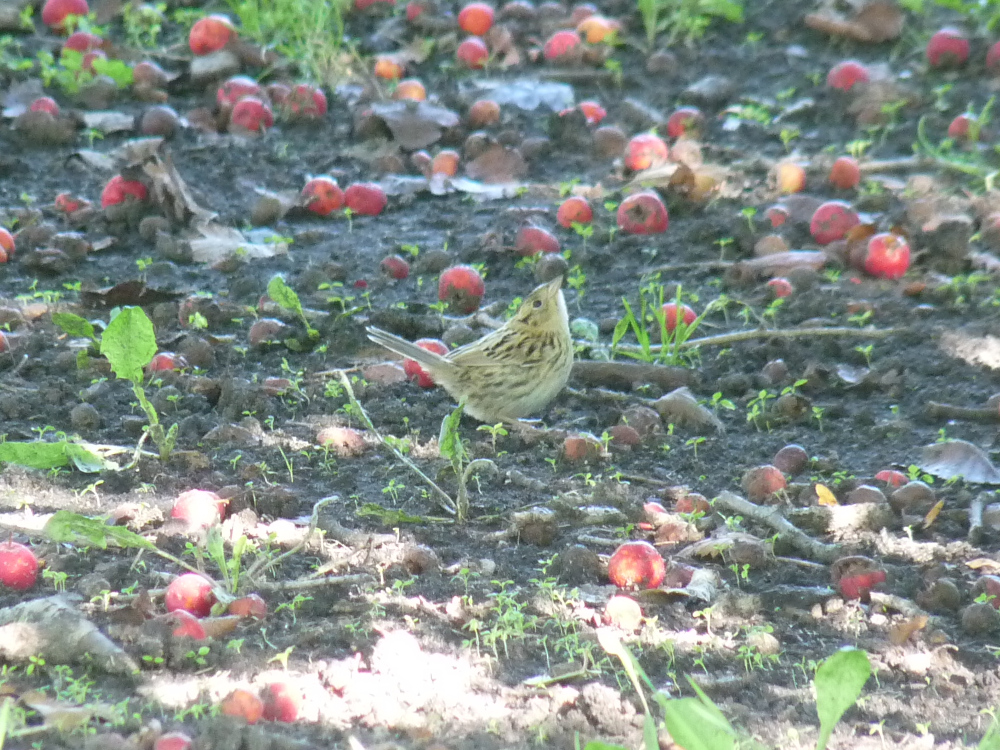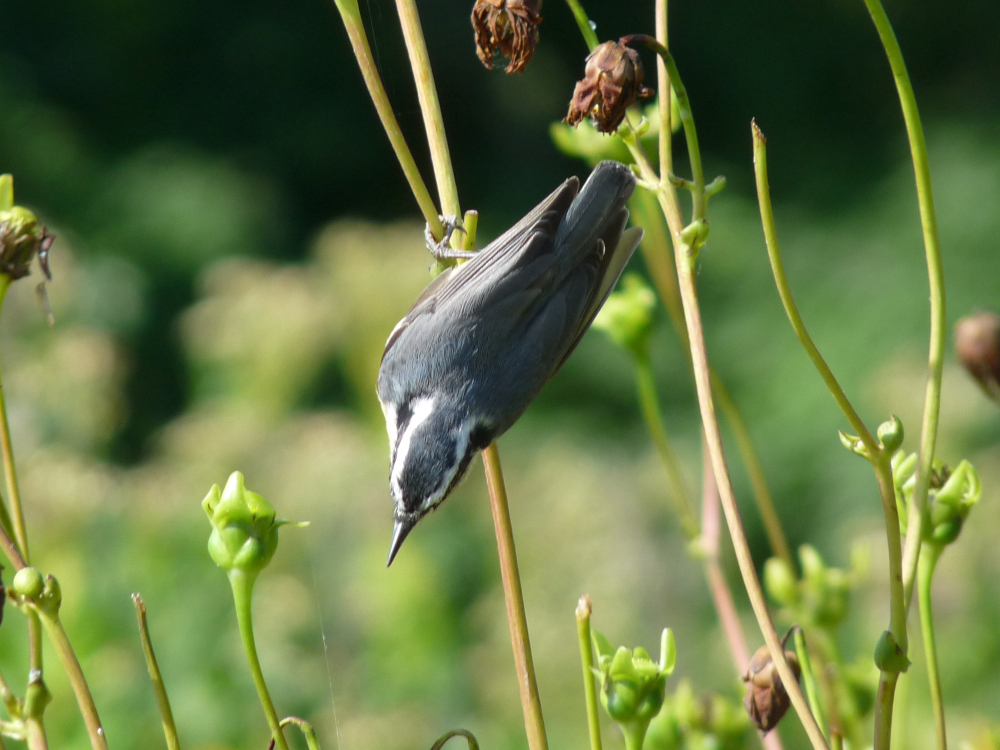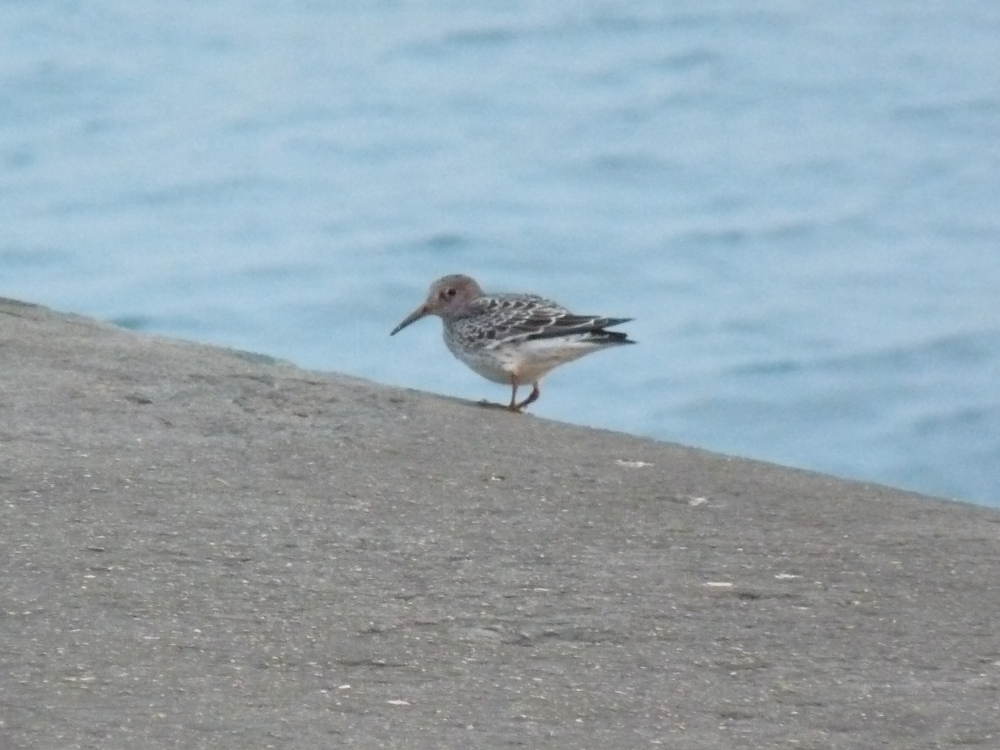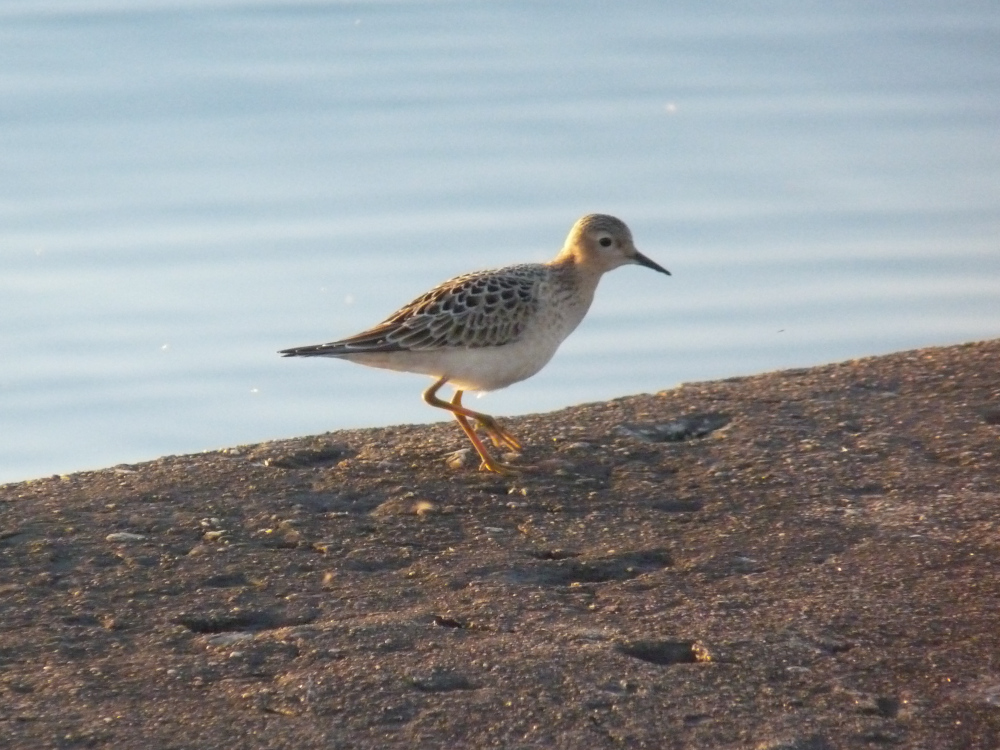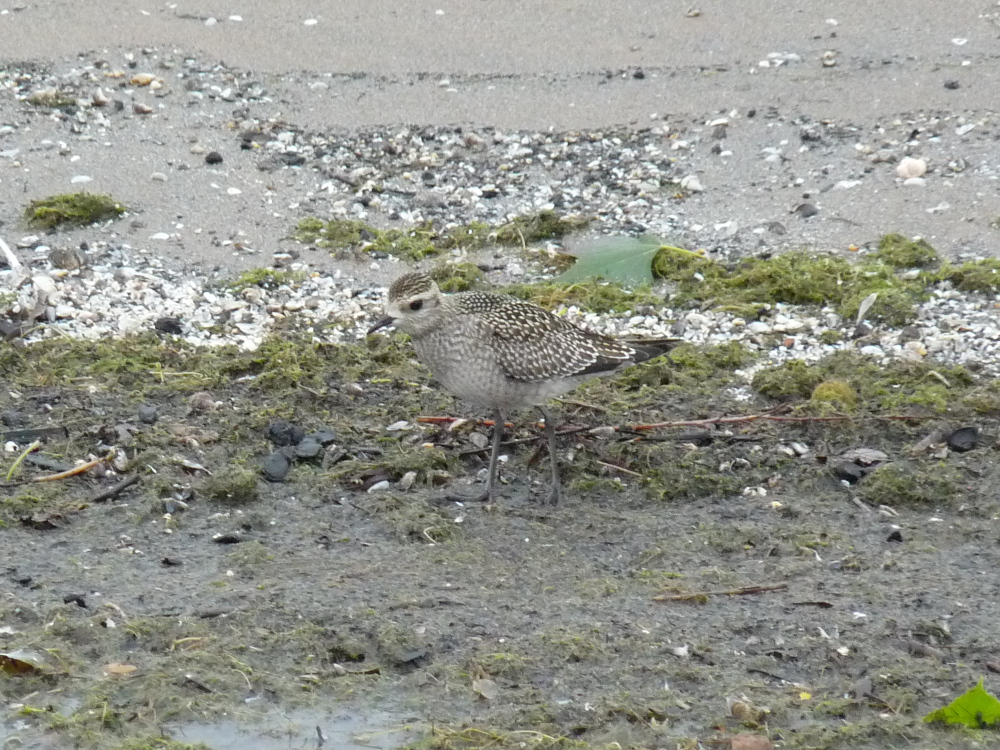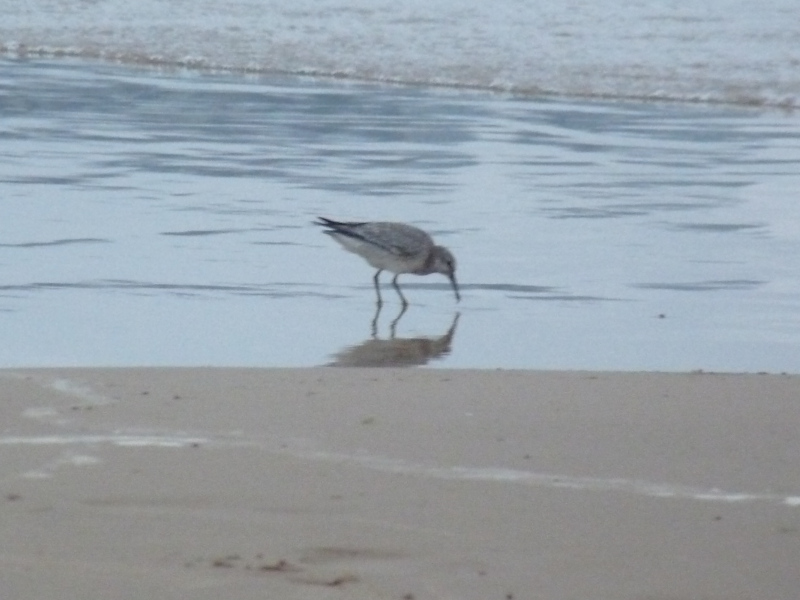Migration is weird. Birds can and do show up in strange places and out of their normal, preferred habitat. You may have your own experience with this, like a Sora or Virginia Rail that showed up in a garage or parking lot. This LeConte’s Sparrow proves the point. LeConte’s are grassland and marsh sparrows, but this one found itself beneath a group of hawthorn trees at Montrose on September 29, 2022.
Monthly Archives: September 2022
Red-breasted Nuthatches, Fall 2022
For the second consecutive fall, Chicago is experiencing an invasion of Red-breasted Nuthatches. We’ve been seeing them daily and in good numbers at Montrose for most of September. Almost every flock of warblers has a Red-breasted Nuthatch or two associating with it. Back to back years with high numbers are atypical – usually we have to wait a few years between influxes. Some of the better places to see them are in the tree snags just west of the Magic Hedge and in the Honey Locusts south of the Magic Hedge.
Record Early Purple Sandpiper, September 17, 2022
The highlight of an excellent day of overall birding at Montrose on September 17 was an unexpected Purple Sandpiper. The bird hung out on the fishing pier during the morning, happily feeding on some kind of insect, perhaps midges. This is the earliest Purple Sandpiper for Montrose I know of – all other records come from late October, November, and into December. Interestingly, the bird was in juvenal plumage, maybe the first record of a juvenile for Illinois. Dozens of people saw and photographed it. Link to my eBird checklist for the day below.
eBird Checklist
September 17, 2022
Buff-breasted Sandpiper, September 8, 2022
The late summer shorebird bonanza continues at Montrose Beach. The show stealer on September 8 was a Buff-breasted Sandpiper that walked and fed nonchalantly among birders on the fishing pier. Shorebirds will often feed on the pier but this may be the first time a Buffy has done so. Other shorebirds seen at Montrose Beach on September 8 include the continuing juvenile Red Knot, 2 Baird’s Sandpipers, and 2 Greater Yellowlegs. Though not a shorebird, a surprise American White Pelican was also resting on the beach. We see a few flyover White Pelicans at Montrose each year, but this may be the first time one has set foot on land there.
Montrose Shorebirding – Quality Over Quantity
Thirty-eight species of shorebirds have been recorded at Montrose and of this 38 about 28 are regular and occur each year. We don’t get huge numbers however, usually no more than a few dozen individuals during the height of shorebird migration in May and August. What we lack in volume we more than make up for with great, close-up views. Look at the photo of the American Golden-Plover with this post. It’s from Montrose Beach and you can see how close the bird came to the photographer. It illustrates how tame and approachable these shorebirds can be. It’s also one reason why Montrose Beach is so popular with bird photographers. To see more Montrose shorebird pics on this blog, try a keyword search for “shorebirds”.
September Shorebirds
August is the best month for shorebirds but most of the regular August shorebirds occur in September, especially the first half of the month. As of September 4, we’ve had Red Knot, Baird’s Sandpipers, and an American Golden-Plover, plus several of the more common species. Though none have been reported, September is also good for White-rumped Sandpipers, so keep checking the beach this month.
Shorebirding Tip: Don’t forget to check the fishing pier while you’re at the beach. Shorebirds will use the pier for feeding and resting.

